Top 7 Hydroelectric Dams Fueling Africa’s Energy Revolution
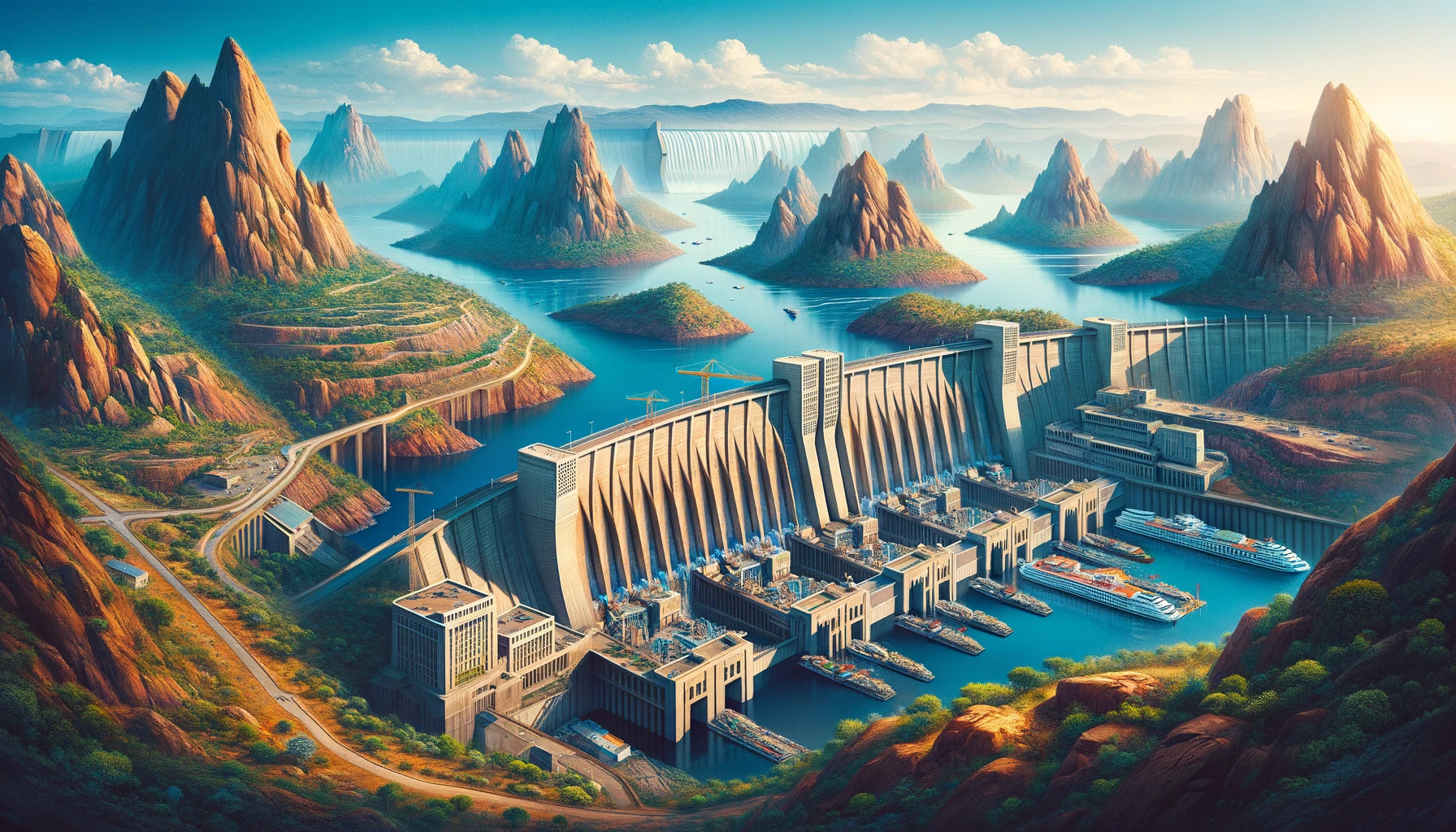
Africa, a continent rich in natural resources and beauty, is also home to some of the world’s most significant hydroelectric dams. These engineering marvels not only showcase the continent’s commitment to sustainable energy but also play a crucial role in meeting the growing energy demands of its nations. In this article, we explore the seven best dams for generating electricity in Africa, highlighting their capacities, environmental impacts, and contributions to local communities.
7- Gilgel Gibe III Dam, Ethiopia:
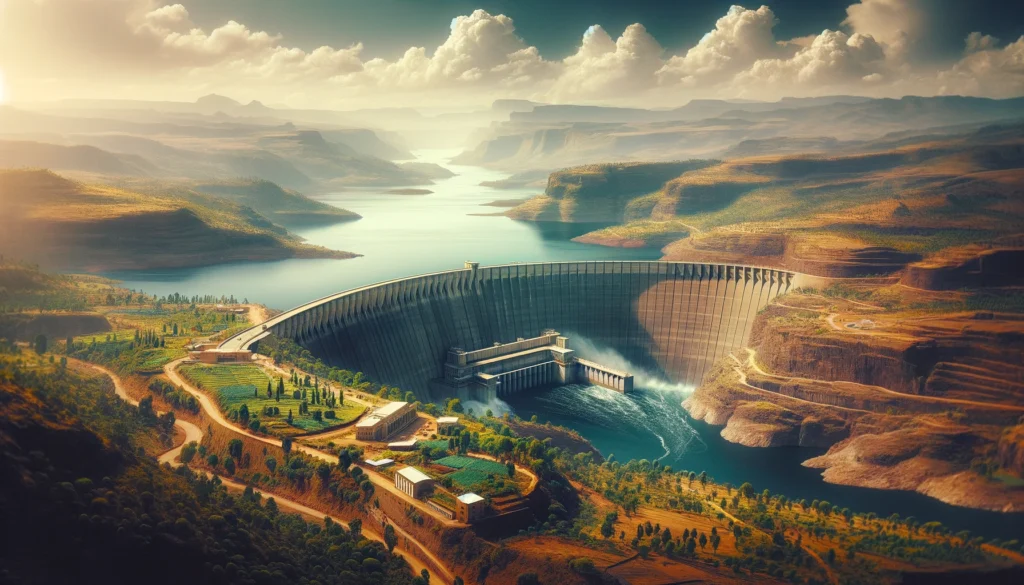

Rounding out our list is the Gilgel Gibe III Dam on the Omo River, with a capacity of 1,870 MW. This dam is a key component of Ethiopia’s energy development plan, designed to boost the national grid and support regional power sharing. However, its construction has sparked environmental and social concerns, particularly regarding its impact on the downstream ecosystems and communities.
6- Kariba Dam, Zambia/Zimbabwe:
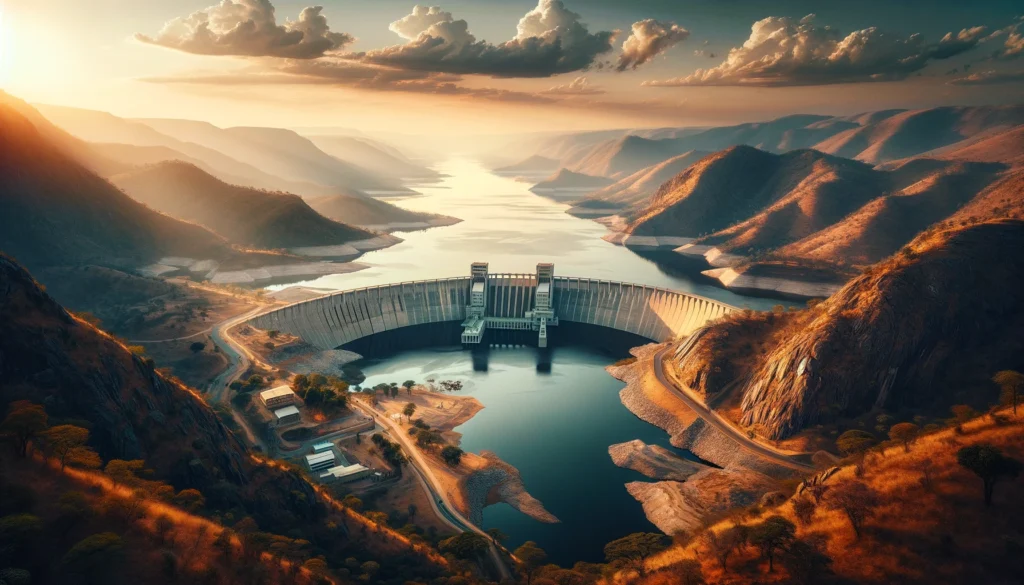

Straddling the border between Zambia and Zimbabwe, the Kariba Dam is one of the world’s largest hydroelectric stations by capacity, generating over 1,300 MW. The dam has been instrumental in supporting the energy needs of both countries. However, concerns about the dam’s structural integrity have prompted international aid for repairs, highlighting the challenges of maintaining such large-scale infrastructure.
5- Inga Dams, Democratic Republic of Congo:
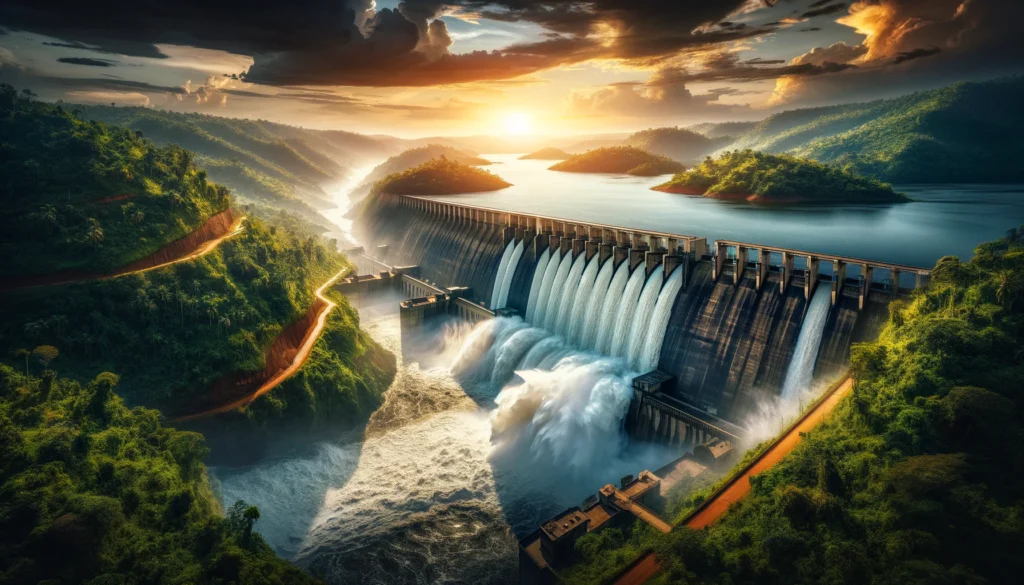

The Inga Dams, situated along the Congo River, have a combined capacity of nearly 1,800 MW. These facilities are part of the grand vision for the Grand Inga Dam, which could potentially become the world’s largest hydroelectric project. Despite their significant energy contributions, the Inga Dams have faced challenges, including maintenance issues and the need for substantial upgrades.
4- Cahora Bassa Dam, Mozambique:


One of Africa’s largest hydroelectric projects, the Cahora Bassa Dam boasts a capacity of 2,075 MW. Nestled on the Zambezi River, it plays a crucial role in Mozambique’s energy strategy, with a significant portion of its electricity being exported to South Africa. The dam’s construction has transformed the local landscape and economy, though not without environmental and social repercussions.
3- Akosombo Dam, Ghana:
The Akosombo Dam, located on the Volta River, is the powerhouse behind the Volta River Authority, generating an impressive 1,020 MW. This dam is pivotal for Ghana, supplying electricity to urban and rural areas and even exporting power to neighboring countries. The creation of Lake Volta by the dam has spurred economic activities, particularly in fisheries, although it has also led to environmental concerns.
2- Aswan High Dam, Egypt:
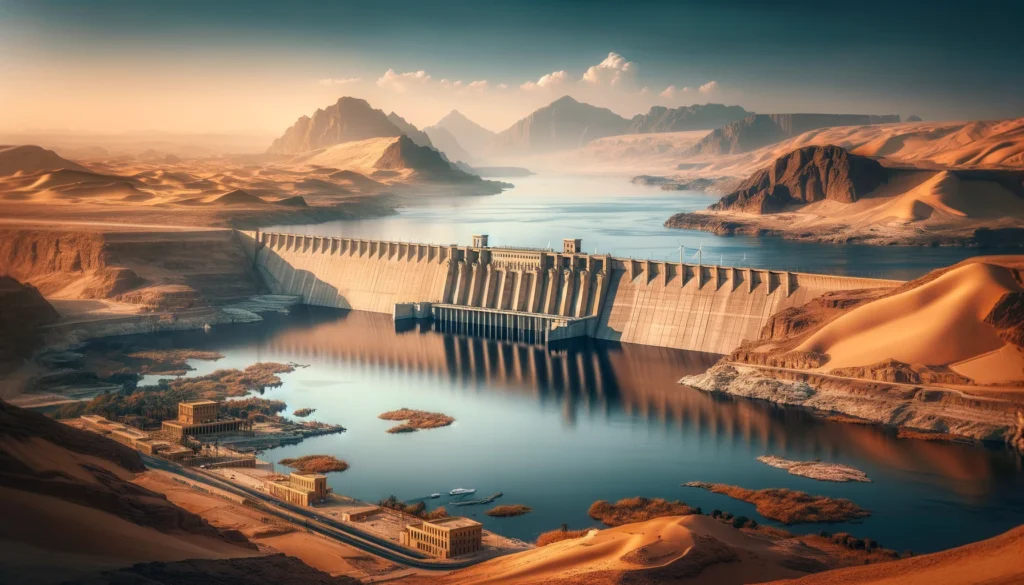

An iconic structure on the Nile River, the Aswan High Dam is a key player in Egypt’s energy sector, providing approximately 2,100 MW of power. Beyond electricity generation, the dam has significant impacts on agriculture, water supply, and flood control in the region. The creation of Lake Nasser, the world’s largest artificial lake, by the dam, has also led to important archaeological discoveries, although it has submerged many others.
1- The Ethiopian Renaissance Dam, Ethiopia:


Topping our list is the Grand Ethiopian Renaissance Dam, poised to be Africa’s largest hydroelectric power plant upon completion. With a projected capacity of over 6,000 MW, the GERD symbolizes Ethiopia’s ambitious energy goals. Situated on the Blue Nile, this dam is a cornerstone of Ethiopia’s strategy to become a major power exporter in the region. However, it has been the subject of regional tensions, particularly with Egypt, over water resource management.
Conclusion:
Africa’s hydroelectric dams are monumental in their contributions to the continent’s energy landscape. They not only provide much-needed electricity to millions but also stimulate economic growth and regional cooperation. However, the environmental and social impacts of these dams cannot be overlooked. As Africa continues to harness its hydroelectric potential, balancing energy development with ecological and social sustainability will be paramount.
These dams represent the pinnacle of Africa’s commitment to renewable energy and sustainable development. As we marvel at their engineering prowess, we must also consider the broader implications of such projects, ensuring that Africa’s energy future is both bright and responsible.






